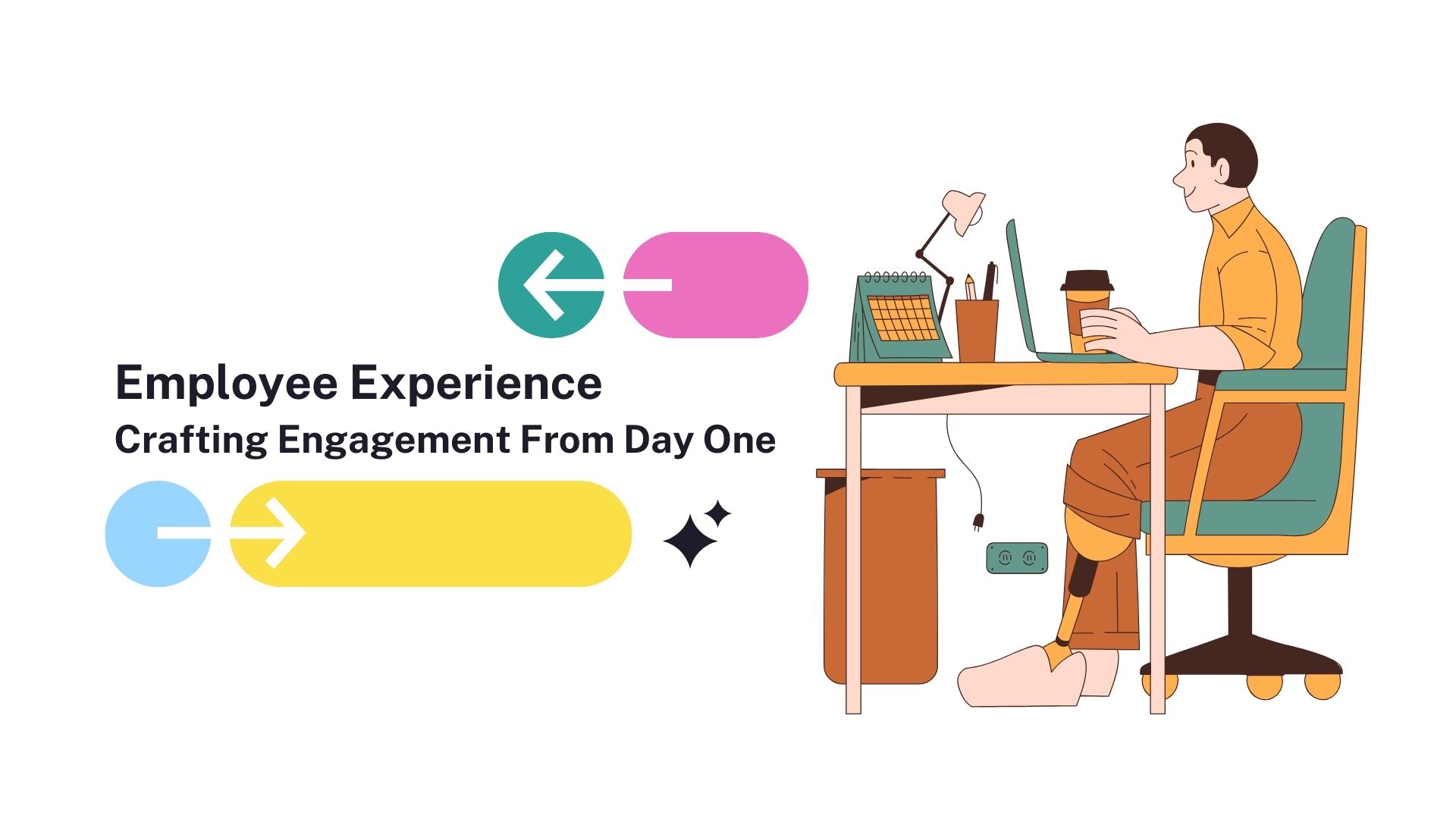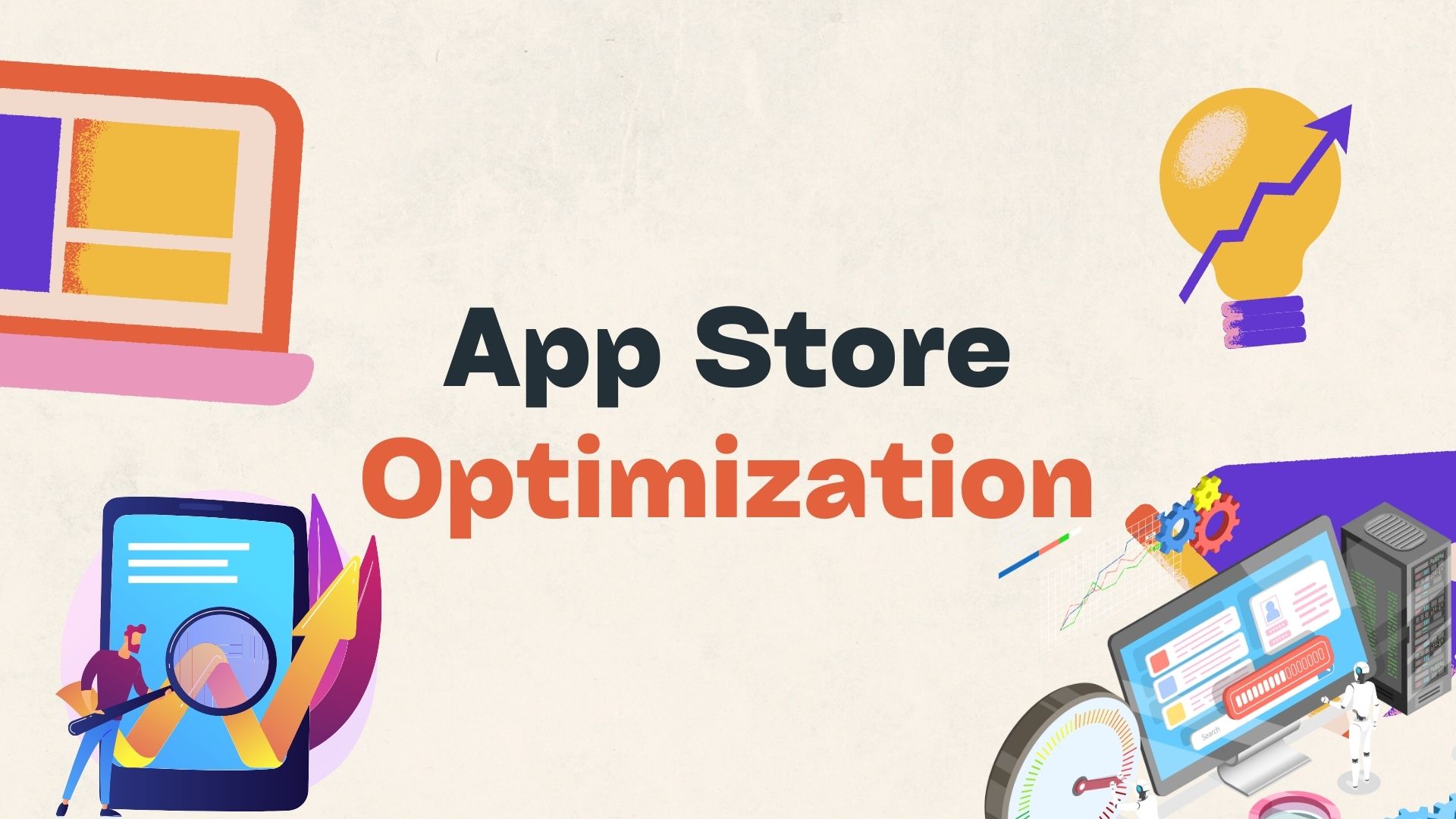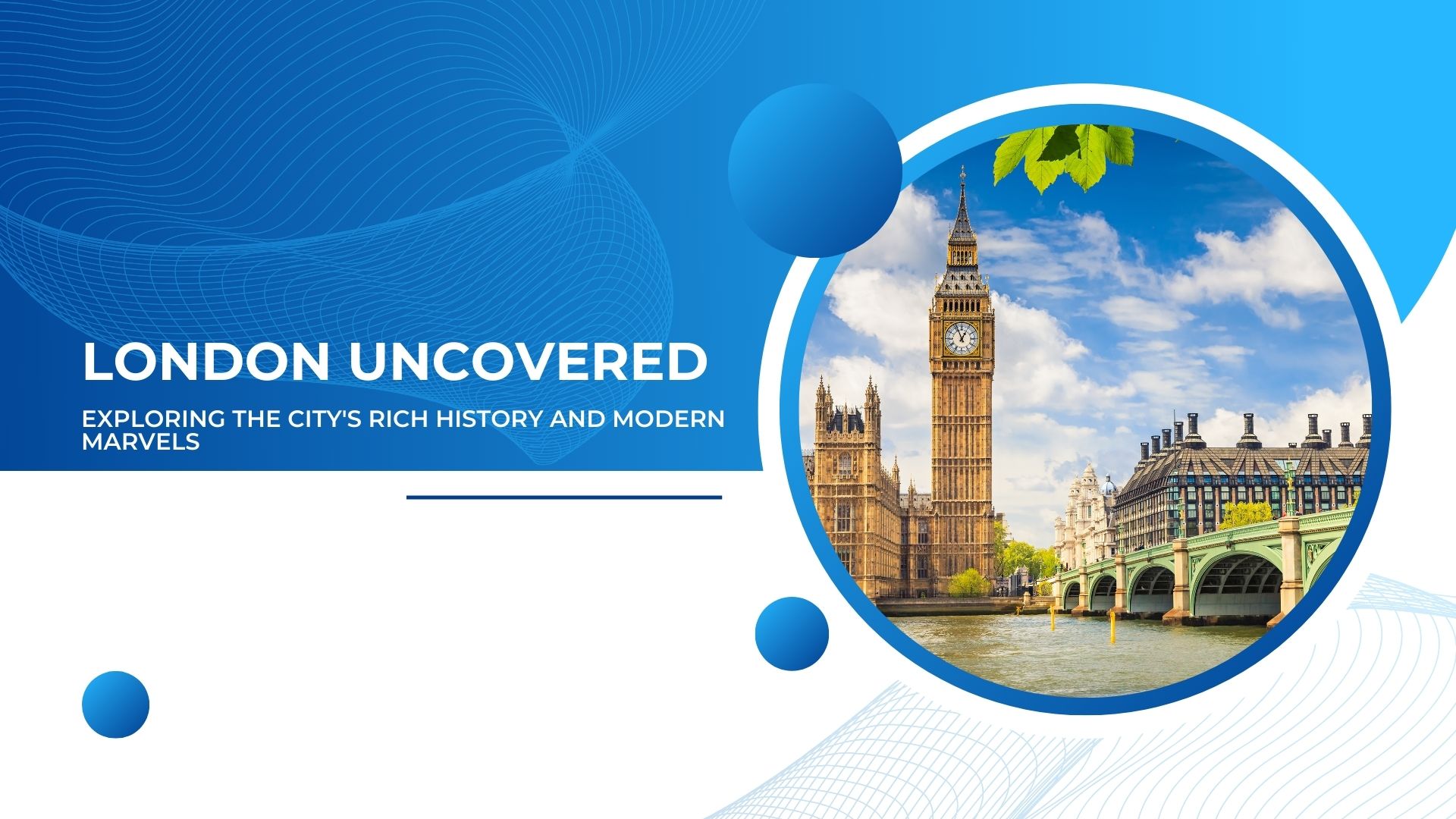The Employee Experience: Crafting Engagement From Day One

Page Contents
- 1#. Onboarding: Establishing a Foundation for Success
- 2#. Seamless Integration: Cultivating Strong Relationships
- 3#. Communication: Ensuring Openness
- 4#. Professional Development Opportunities: Nurturing Growth
- 5#. Appreciation: Celebrating Achievements
- 6#. Fluid Feedback Mechanisms: Encouraging Dialogue
- 7#. Balancing Work and Life: Prioritizing Well-being
- 8#. Continuously Evaluating the Employee Experience
- 9#. Embracing Diversity and Inclusion: Cultivating a Sense of Belonging
- Final Thoughts
Creating a captivating employee experience is vital for the success of any organization. From the moment a new employee joins, it is crucial to establish an environment that promotes productivity, satisfaction, and personal growth. Thus, investing in the employee experience boosts productivity and retention rates. It is crucial in attracting top talent. Organizations can build a workforce dedicated to achieving common goals by prioritizing relationships among colleagues from day one and providing avenues for development and career advancement.
Let’s discuss how organizations can effectively shape the employee experience from day one.
1#. Onboarding: Establishing a Foundation for Success
Onboarding sets the tone for an employee's experience from the start. It goes beyond orientation sessions and paperwork; it should focus on integrating employees into the organization's culture and values. Organizations can make new hires feel welcome and empowered by defining expectations, providing training, and introducing them to key team members. Employee engagement software can help with this step significantly.
2#. Seamless Integration: Cultivating Strong Relationships
Nurturing relationships within the workplace is essential for fostering engagement. Encouraging connections between employees and their colleagues promotes collaboration while enhancing their sense of social support. Assigning mentors or buddies who can assist hires with questions or concerns can greatly contribute to this process.
3#. Communication: Ensuring Openness
Open communication plays a role in creating a positive employee experience. Transparency in communication is key to building trust within the organization. Sharing information about the company's goals, strategies, and progress is crucial in keeping employees engaged and helping them understand how their contributions align with the objectives. It is important to update employees through communication channels to foster trust within the workplace.
4#. Professional Development Opportunities: Nurturing Growth
Investing in development opportunities is vital for engaging employees throughout their career journey. Organizations should provide access to resources such as workshops, webinars, conferences, or online learning platforms that enable skill enhancement and knowledge enrichment.
5#. Appreciation: Celebrating Achievements
Recognition plays a role in fostering engagement within any organization. Publicly acknowledging achievements boosts morale and motivates employees to continue delivering excellent work. From team announcements during meetings to establishing formal recognition programs, organizations should consistently appreciate their employees' hard work and dedication.
6#. Fluid Feedback Mechanisms: Encouraging Dialogue
While annual performance reviews are important, fostering a culture of feedback profoundly helps create an engaging employee experience. Encouraging dialogue between employees and their managers or peers allows for discussions on progress, goals, challenges, and areas of improvement.
Organizations should ensure they have channels for receiving feedback, such as check-in assessments that involve multiple perspectives and suggestion boxes where employees can provide anonymous input. This way, they can ensure that everyone's voices are heard and taken into account.
7#. Balancing Work and Life: Prioritizing Well-being
Organizations must support their employees in balancing work and personal life. They can do this by offering flexible working hours, considering diverse work options if feasible, and implementing initiatives prioritizing their staff's physical and mental well-being.
By encouraging self-care practices and actively preventing work-life issues, organizations foster loyalty and longevity among their workforce.
8#. Continuously Evaluating the Employee Experience
Creating an employee experience is a process that requires regular evaluation and adjustments. To achieve this, organizations should carefully listen to employee feedback through surveys and focus groups to identify areas where improvements can be made. By reassessing their policies, practices, and benefits, organizations ensure that the employee experience continues to evolve along with changing needs and expectations.
9#. Embracing Diversity and Inclusion: Cultivating a Sense of Belonging
Establishing a work environment that values diversity is vital for creating an employee experience. Organizations should prioritize diversity and inclusion by implementing policies, practices, and programs guaranteeing employee opportunities. It helps foster a sense of belonging among the workforce while ensuring fairness for everyone.
Understanding and appreciating different backgrounds, cultures, abilities, gender identities, and perspectives is crucial for fostering a fulfilling work environment. It creates a sense of belonging among employees and enhances their psychological well-being.
Final Thoughts
Creating an employee experience involves effective onboarding, seamless integration into the workplace, clear communication channels, opportunities for professional growth, recognition and appreciation of achievements, constructive feedback mechanisms, maintaining work-life balance, and embracing diversity and inclusivity. When all these aspects come together harmoniously in an organization's culture, it creates an environment where employees feel valued, supported, motivated, and empowered.

Wayne Kernochan has been an IT industry analyst and auther for over 15 years. He has been focusing on the most important information-related technologies as well as ways to measure their effectiveness over that period. He also has extensive research on the SMB, Big Data, BI, databases, development tools and data virtualization solutions. Wayne is a regular speaker at webinars and is a writer for many publications.



